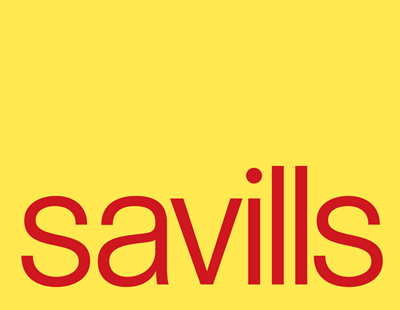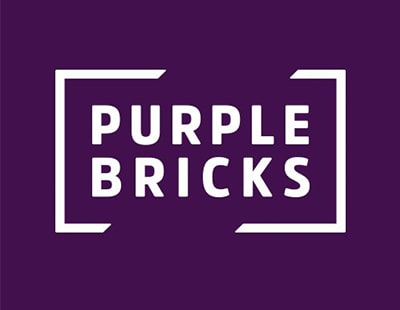As you start out as a landlord, you will hear the word yield used plenty. But what exactly does it mean? Using our experience as the first dedicated letting agency in West Lothian, we’ll do our best to explain it. One of the most important considerations when it comes to rental property is how much income you can generate, even more so if you are relying on this income to pay the mortgage. By calculating your property yield you will be able to see whether the property you choose to purchase is a sound investment choice or not. Landlords can make money in two ways from letting out their property: firstly, by what is known as capital growth (or capital appreciation), which typically happens in the medium to long-term as your property rises in value. There are no guarantees about this, but the recent past – and the trend for house prices rising year-on-year – has been kind to capital growth. However, you will not benefit from capital growth unless you sell or remortgage your property. Secondly, landlords make money through rental income – quite simply, the sum of money you receive in rent from your tenants, which will hopefully go up over time. To accurately calculate your annual rental yield, you take your property’s yearly rental income and express it as a percentage of your investment in the property. So, for instance, if you charge £1,500 per month in rent for a property that was purchased for £200,000, your yield would be calculated in the following way: £1,500 x 12 = £18,000 rental income per year; £18,000/£200,000 x 100 = 9%. Your property yield for the year would therefore be 9%, a healthy return on your investment. Unfortunately, this doesn’t tell the whole story. While the figure is accurate, it doesn’t take into consideration the other costs associated with running a rental property. As a result, you will need to budget for a number of expenses in relation to the upkeep of the home/flat you’re letting out. First things first, ensure that you have landlord’s buildings and contents insurance. Buildings insurance premiums will probably be about 2-3% of your rent (although this varies by area, size and type of property), while contents insurance should be another 1-4% depending on the level of furnishing. Maintenance costs also need to be factored in. It’s inevitable that things will break down over time and will need to be maintained or repaired outright. This is a truth that is impossible to avoid. Depending on the age, condition and size of your property, you may have to carry out lots of maintenance or very little. This is also something to bear in mind when you buy – an older, more ramshackle house is likely to require more maintenance; regular maintenance can significantly reduce your rental income and, in turn, your rental yields. You must also have all the appropriate electrical and gas safety certificates and, as a landlord, you will be the go-to person for all major repairs to your property as well as issues with hot water, heating, electricity and plumbing. In addition, budget for 10% of the rent each year to replace worn out fixtures, fittings and furniture. Remember, soft furnishings must also comply with fire safety regulations and you must be prepared to redecorate every few years to keep your house looking fresh and attractive. The possibility of void periods – the times when your property is unoccupied and not bringing in any rental income – should also be taken into account. These periods could have a negative impact on your annual yield. It’s recommended that you budget for your property being empty for one month per year. Fees to a letting agent – who will help to manage your property, get tenants in place and take away much of the stress and hassle of being a landlord – will also need to be factored in. The biggest expense, though, will be your mortgage repayments. There are other issues to take into account in working out costs, and to help with this we have a handy “To Do” list of things for action in setting up a tenancy which we would be delighted to supply to any landlord. Once you have taken all these costs into consideration, you will be able to calculate your 'true' or 'net' rental yield. Assuming you’ve done your research and bought in the right sort of area, you should be making a profit on your rental property. In Livingston, West Lothian, the average rent per month is around £620. The average price of properties in Livingston currently stands at around £120,000 – so it seems like a pretty shrewd place to invest for landlords who are looking maximise their rental yields. For more information about becoming a landlord or the lettings service we offer, please get in touch with Letting Solutions on: 0845 520 1420. We also provide a free online property valuation tool to give you an accurate idea of how much your rental property is worth. https://blog.letting-solutions.co.uk/whats-in-a-yield/
Discussion Title: What's in a yield?
Share to Friend
Latest Features
Sponsored Content
-

Looking for a client account? Five steps to better...
You don’t have to simply accept things as they are when...
-
How can agents capitalise on the green shoots of...
From the uptick in house sales in January to a house price...
-

8.7m leads later, The ValPal Network celebrates 10 years...
Happy birthday to us….and all members of the The ValPal Network! We...
-

Do house moves count as ‘essential’ under the lockdown?
*** Please see this story for the latest news on house...
-

Estate agency issues statement over racist football tweet
High end agency Savills is conducting “a full investigation” into a...
-

Purplebricks - It's My Property and I Will Sell It To Who I Want
Was Purplebricks right to delist a property from its website when it...
60 second interview

Jake Gann, Sales Director at Bamboo Auction
Who are you and what does it say on...

Ashley Day - Director of Bristol Property Centre
Who are you, and what does it say on...

Graham Paterson ‘Co-founder and CEO of Jitty’
Who are you and what does it say on your...





